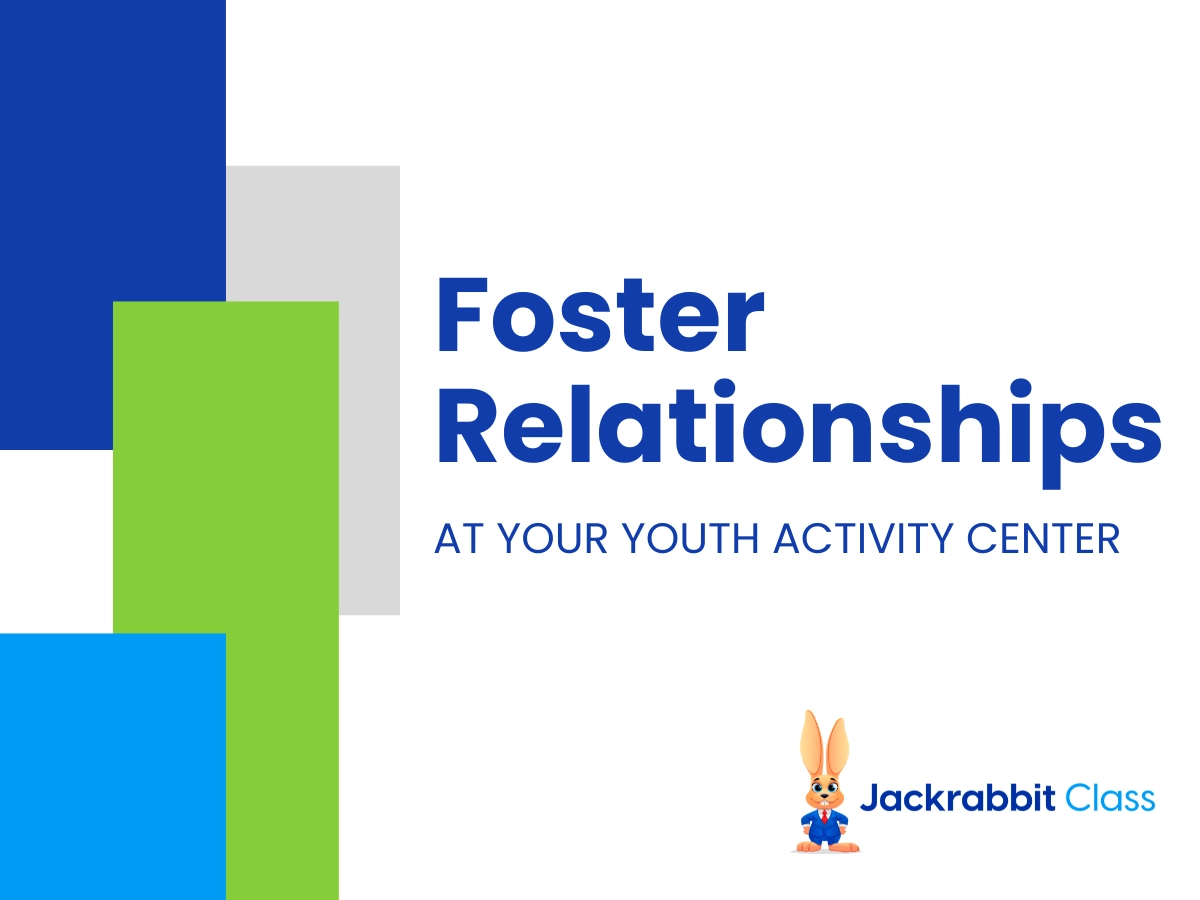There are eating disorders and then there is disordered eating. They sound so similar yet they are very different.
Eating disorders are dangerous for sufferers yet they are diagnosed only in about 3% of the general population. We recognize the names of these disorders: Anorexia Nervosa (AN), Bulimia Nervosa (BN), Binge Eating Disorder (BED) and Eating Disorder Not Otherwise Specified (EDNOS). These clinical disorders have very specific diagnostic criteria that must be met. Unfortunately, some take no diagnosis to mean that they have a healthy relationship with food and wright – but they may not.
What is more common is disordered eating which research shows to be identifiable in 50% of the population. And because the clinical disorder diagnosis isn’t attached to disordered eating (because the symptoms are not as severe) many don’t understand that they are at risk because of their relationship with food and weight. Disordered eating can develop into an eating disorder if ignored. And even if disordered eating doesn’t reach the diagnosable levels, it can still have adverse health consequences.
Disordered eating isn’t quite as defined as eating disorders are. Disordered eating is any irregular or unhealthy eating behavior and/or attitude which can (but doesn’t always) stem from a temporary stressor (athletic events, illness, emotional trauma, etc.) In fact, athletes are especially at risk for disordered eating because many are apt to mismanaged fueling which can result in increased risk of injury and/or decreased performance or recovery.
One classification of disordered eating that has been on the rise is the athletic community is Orthorexia Nervosa (ON). These individuals become fixated on eating healthy or consuming the right or clean foods. ON often begins with the desire to improve performance (by enhancing nutrition) – developing into a “good vs. bad” food approach to eating and resulting in missing too many foods or food groups that provides key nutrients. ON individuals’ motivation is often being obsessed with how foods affect their bodies not the fear of weight gain or body fat/body image. One way that you can differentiate ON from healthy eating is the impact that ON has on social life. ON individuals often isolate themselves and avoid situations where food options are not under their control. They spend lots of energy and time thinking about food, planning meals and finding “acceptable” foods.
Of course, red flags of both eating disorders and disordered eating are restrictive dieting and skipping meals, binging and purging and use/abuse of laxatives and/or diet pills.
Signals of Potential Problems
Telltale signs of disordered eating can help to alert to potential health risks. Notice that these signs exhibit extremes in behavior.
- Chronic yo-yo dieting
- Anxiety about certain foods or food groups
- Frequent weight fluctuations
- Extremely rigid and unhealthy food and exercise regime
- Obsessive calorie counting
- Feelings of guilt and shame when unable to maintain food and exercise habits
- Pre-occupation with food, body and exercise that causes distress and has a negative impact on quality of life
- Compulsive or emotionally-driven eating
- Use of compensatory measures, such as exercise, food restriction, fasting and even purging or laxative use to “make up for” food consumed
- Self-worth or self-esteem based highly or even exclusively on body shape and weight
- A disturbance in the way one experiences their body (i.e. a person who falls in a healthy weight range but continues to feel that they are overweight)
Harm Caused by Disordered Eating
Many people who suffer with disordered eating patterns either minimize or do not fully realize the impact it has on their mental and physical health. Detrimental consequences can include a greater risk of obesity and eating disorders, bone loss, gastrointestinal disturbances, electrolyte and fluid imbalances, low heart rate and blood pressure, increased anxiety and depression, and social isolation.
Disordered eating is a serious health concern that may be difficult to detect since a person with disordered eating patterns may not display all of the classic symptoms typically identified with eating disorders. It’s important to remember that even a person exhibiting disordered eating habits and behaviors may also be experiencing significant physical, emotional and mental stress.
It’s something that warrants attention and warrants treatment from a registered dietitian nutritionist. Patients referred to dietitians for nutrition counseling are often unaware that they are exhibiting unhealthy signals or that they’re at risk.
Prevention Plan for Disordered Eating
- Avoid fad or crash diet – many diets are both too restrictive in terms of quantity and variety and cause a feeling of deprivation and lead to binge eating. It’s healthier to include all foods/food groups in moderation in meal plans.
- Set healthy limits on exercise and focus on physical activities that are enjoyable. Perhaps take yoga instead of always burning calories on an elliptical machine.
- Stop negative body talk and be mindful of overly critical talk about yourself or your body.
- Throw away the scale since one sign of disordered eating is weighing multiple times a day.
More information on eating disorders and disordered eating is available on The National Eating Disorder Association website.
Sources: Eatright.org, Psychology Today, Technique




